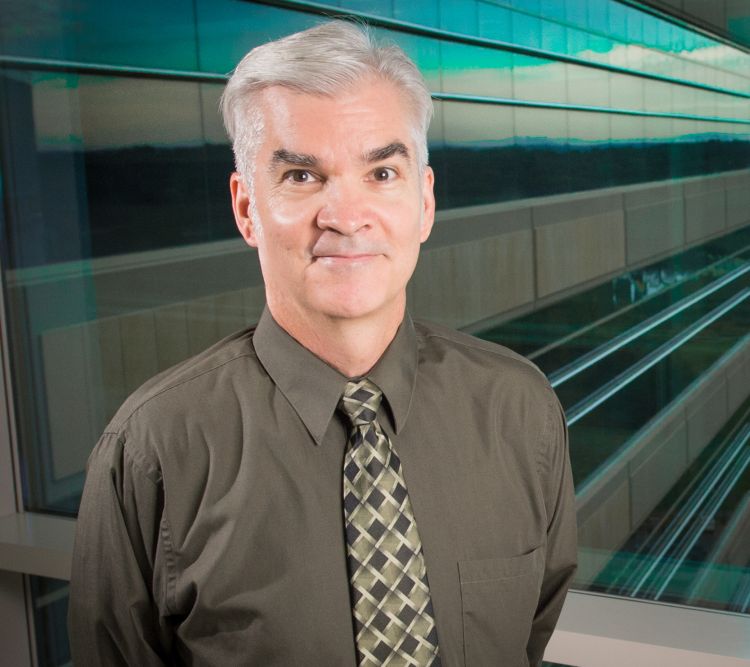Higher rates of HPV vaccination needed to eliminate HPV-related cancers

A new government report indicates that human papillomavirus (HPV) vaccination rates are continuing to climb in the United States, rising 5 percentage points between 2016 and 2017.
Nearly 66 percent of boys and girls aged 13 to 17 received the first dose in the vaccine series in 2017, according to the US Centers for Disease Control and Prevention researchers.
Nearly 49 percent of adolescents received all the recommended doses to complete the series.
Oncologists are cautiously optimistic about long-term reductions in HPV-related cancers (which include nearly all cases of cervical cancer), but urge that the rate needs to be higher to be fully effective in cancer prevention.
"To really make the potential of cancers caused by HPV go away almost completely, we really want to get the coverage to 80 percent or more of boys and girls," said Howard Bailey, MD (pictured above), professor, Hematology, Medical Oncology and Palliative Care and director of the University of Wisconsin Carbone Cancer Center.
The US Food and Drug Administration is poised to review and decide on an application by the manufacturer of a vaccine for human papilloma virus (HPV) to expand the age range to include men and women aged 27 to 45 years. An article in HemOnc Today described data supporting HPV immunization in adult populations as a cancer prevention strategy.
The virus is responsible for an estimated 90 percent of cervical and anal cancers, approximately 70 percent of vulvar and vaginal cancers, more than 60 percent of penile cancers, and up to 70 percent of oropharyngeal cancers.
"A lot of the push for the HPV vaccine is not only to provide protection against cervical cancer, but also because incidence of HPV-associated oral cancers is increasing rather dramatically — particularly among men," said Dr. Bailey.
Resources:
- "HPV Vaccination Rates Rising Among U.S. Teens," WebMD, August 23, 2018
- "Efficacy data, cost-effectiveness will guide decision to expand HPV vaccination to older adults," HemOnc Today, September 10, 2018